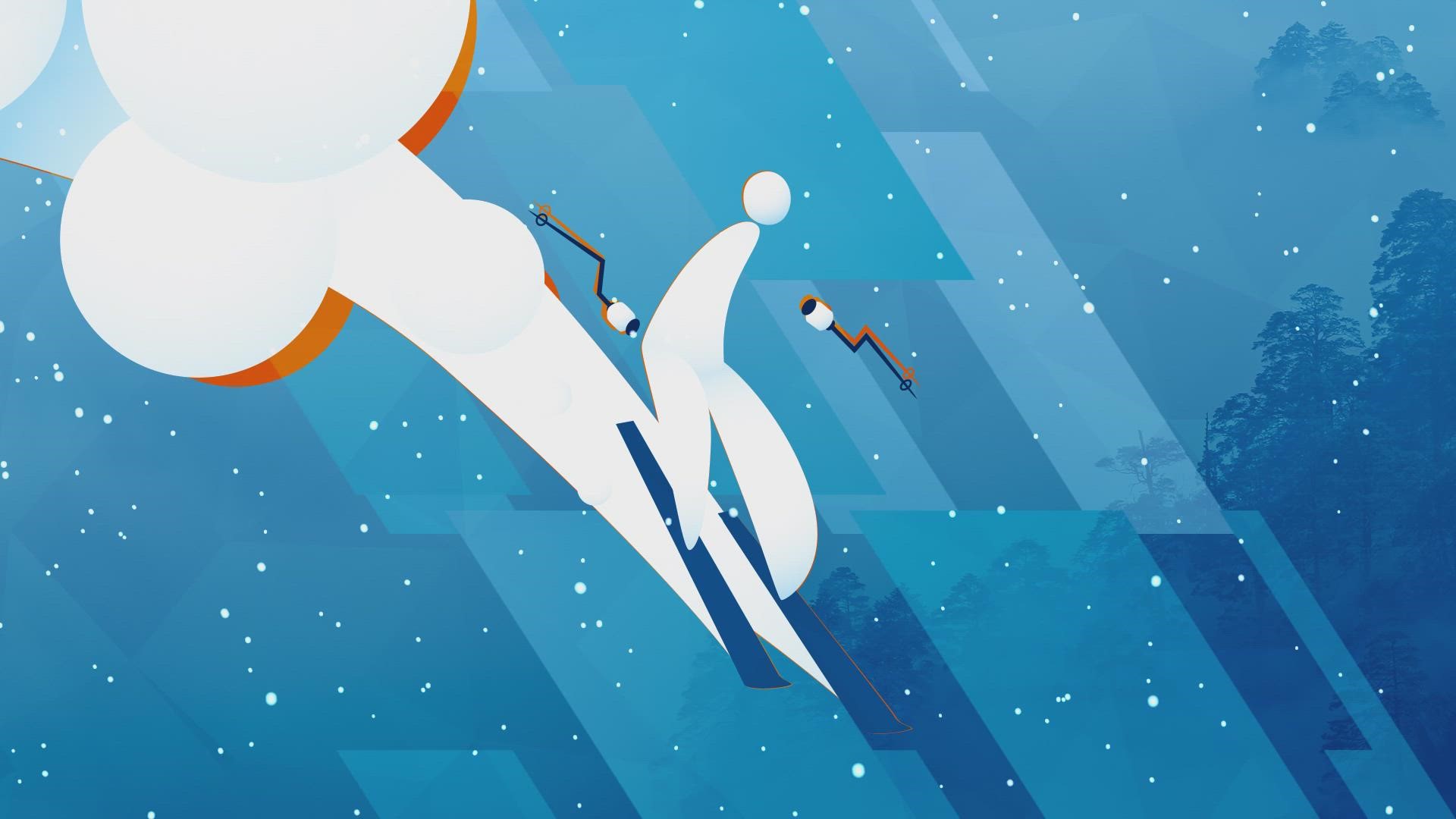An unexpected result involving defending gold medalist Mikaela Shiffrin in the early stages of the women's giant slalom at the Winter Olympics in Beijing led to a spike in people looking up the rules of giant slalom.
Shiffrin missed a gate early in her run and skated off the course, disqualifying her during the first of two runs.
Alpine skiing at the Olympics has multiple disciplines that go beyond just seeing who gets down the mountain the fastest without crashing or skiing off course. From slalom to downhill to the exhausting super-G and alpine combined, here is a look at the differences between each form.
Slalom
The slalom is the shortest course in alpine skiing. It also has the most turns. Skiers have to navigate from one gate to the next. Cutting a turn too close or missing a gate altogether will incur a time penalty which could be the difference between a gold medal and no medal at all. Each skier makes two runs down the slalom course.
Giant Slalom
It's basically what it sounds like. It's a longer slalom course and the gates are spaced further apart. This is also a two-run event.
Downhill
This event is all about speed -- get down the course in the fastest time possible.
While there are gates on the outside, they mainly serve as markers to identify the course route. Skiers work to steer clear of touching them since it making contact would slow them down. That's different from slalom and giant slalom when skiers are focusing more on making tight turns around the gates and, as a result, hit them regularly.
Super-G
Super-G means super giant slalom. It combines the speed of downhill but the technical turning necessary of the giant slalom. The course winds more than the downhill course, but the gates are spaced out more so that the skiers can pick up speed.
Alpine Combined
The alpine combined consists of one downhill run and one slalom run, both of which are completed on the same day. While the downhill can be performed on a super-G course, according to Olympics.com, the Beijing 2022 schedule has the events listed as downhill and slalom.
Mixed Team
The mixed team competition made its debut in 2018. Skiers go down, side-by-side, on identical slalom courses -- men vs. men and women vs. women. After each round, teams are knocked out until the medals are decided.
The Associated Press contributed to this report.

